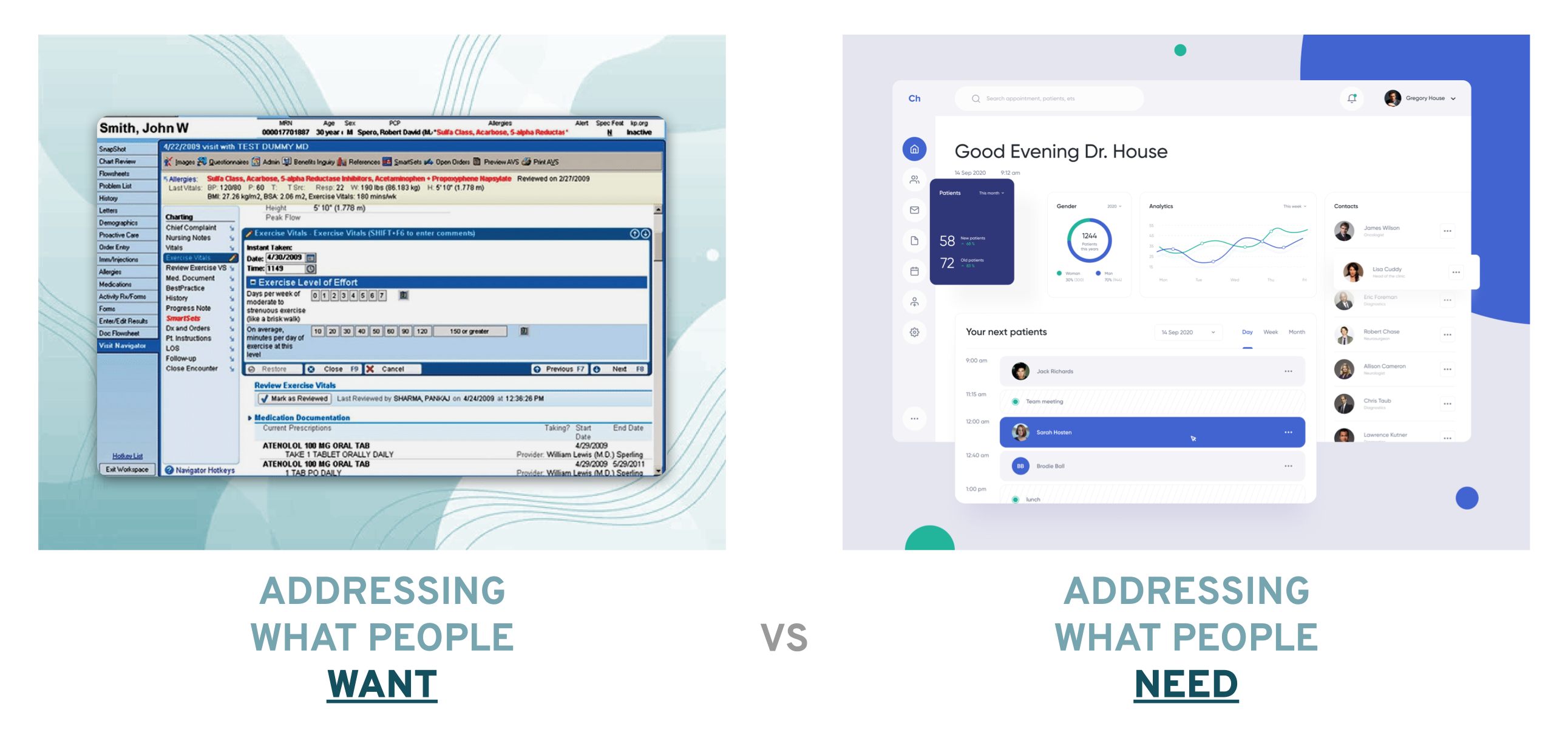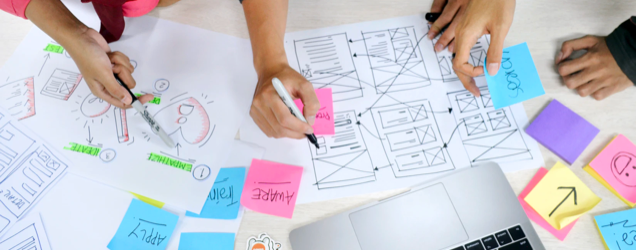Human-centered design begins with understanding the problem we are trying to solve from the perspective of the people who are impacted by it. In government, this is often done by getting feedback from subject matter experts (SMEs), such as program analysts or customer help desk specialists. While SMEs can offer their perspective on the problem, getting insights directly from the public, your customers and your users ensures that you are able to identify the right problem and solutions. Within human-centered design, this process is called user research. There are multiple user research methods but this article will focus on the basics.
User research is helpful when creating a new program, product or service and when looking to improve existing ones. The most common method is by talking to and interviewing people directly impacted by the program, product or service. The research can be broken down into two areas: generative and evaluative research. Generative research answers the question, “What do people really need?” Evaluative research answers the question, “Is this doing what it needs to do?”
When conducting the research, it is important to keep in mind the following five tips and best practices to ensure a successful conversation and the best outcomes:
1. Ask broad questions.
It is important that questions are asked in a way that doesn’t limit the interviewee’s response. Using neutral phrasing allows the interviewee to respond objectively and can give more insight into their experience.
DO
|
DON’T
|
2. Ask for specific examples.
The best indicator of what someone will do in the future is what they’ve done in the past. Prompt the interviewee with, “Tell me about …”
- the first time …
- the most recent time …
- the best time …
- the worst time …
3. Listen actively.
This helps to build trust and establish rapport with the interviewee. A simple “mhmm” and an attentive nod can help foster this. Some key phrases to use are:
- “Tell me more about that.”
- “What I’m hearing you say is ___. Is that right?”
- “You mentioned ___ earlier. Can you tell me more about that?”
4. Be mindful.
The interviewer should put the interviewee at ease and keep the focus on them. Be aware of interviewer and response bias, where the interviewee answers questions in a manner to be viewed favorably by others. That’s also to say that one-on-one interviews are much better than group ones, because participants are likely to be more honest with fewer people around.
5. Review findings in context.
One of the traps I often see teams fall into is taking interviewees’ responses at face value. People are experts in their problems, not necessarily in solutions. This echoes the famous quote, “If I had asked people what they wanted, they would have said faster horses.” Instead, take a step back and look at all of the interview feedback collectively. Doing so can help derive insights from the information gathered.

In my next article, I’ll share some common human-centered design methods that anyone can use. In the meantime, Hayley Pontia outlines effective user experience methods that can be used to build context for any problem space and empathy for the people it impacts. Additionally, 18F has a collection of human-centered design tools on their website as well.
Interested in becoming a Featured Contributor? Email topics you’re interested in covering for GovLoop to featuredcontributors@govloop.com. And to read more from our Winter 2021 Cohort, here is a full list of every Featured Contributor during this cohort.
Jenn Noinaj is a social impact strategist, researcher and designer passionate about using design to solve society’s most pressing challenges. She’s currently leading the Public Interest Technology Field Building portfolio at the Beeck Center for Social Impact + Innovation where she works on creating solutions to make the public interest technology field more inclusive. Prior to this role, she worked in the federal government at the US Digital Service where she partnered with various agencies to transform digital services across government, building capacity in technology and design and championing a user-centric culture. You can find more about her on her website and can follow her on LinkedIn and Twitter.





Leave a Reply
You must be logged in to post a comment.